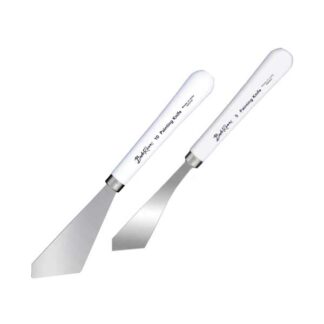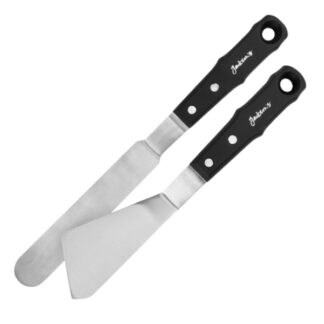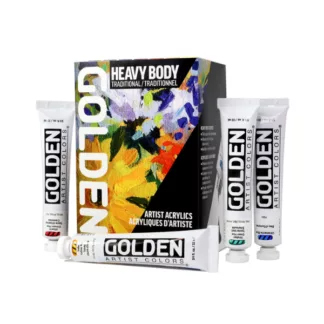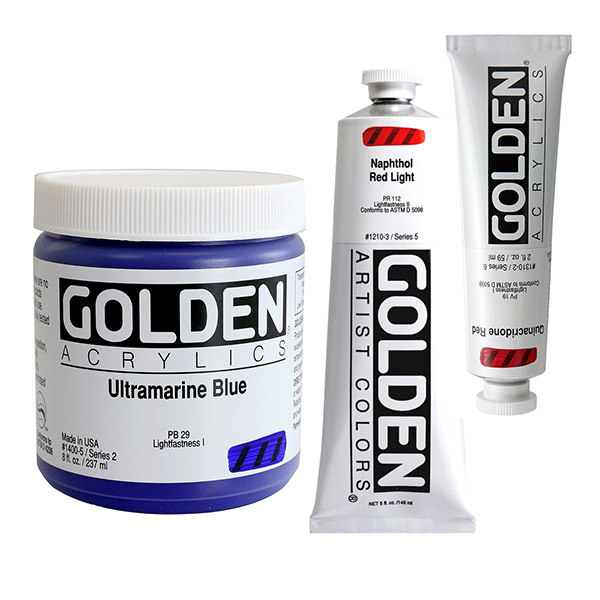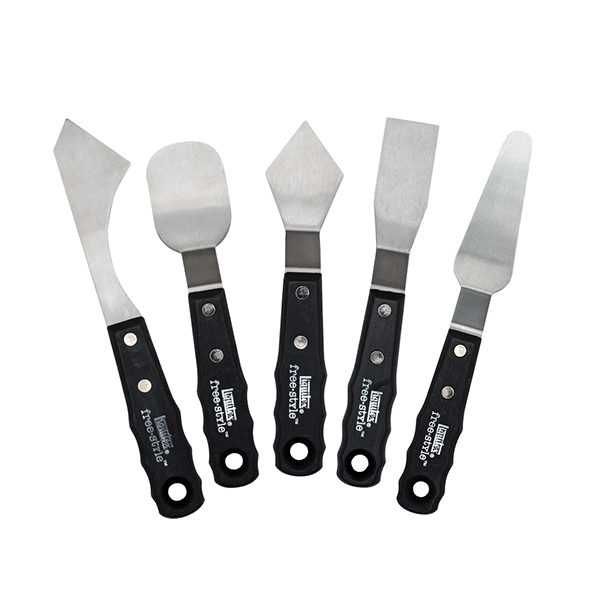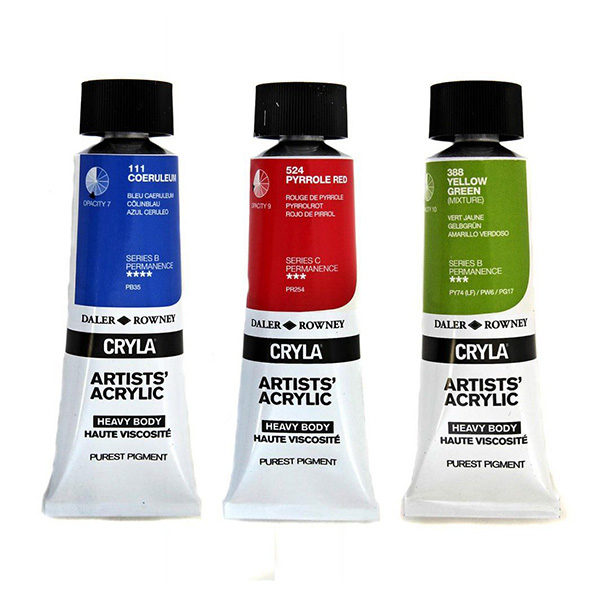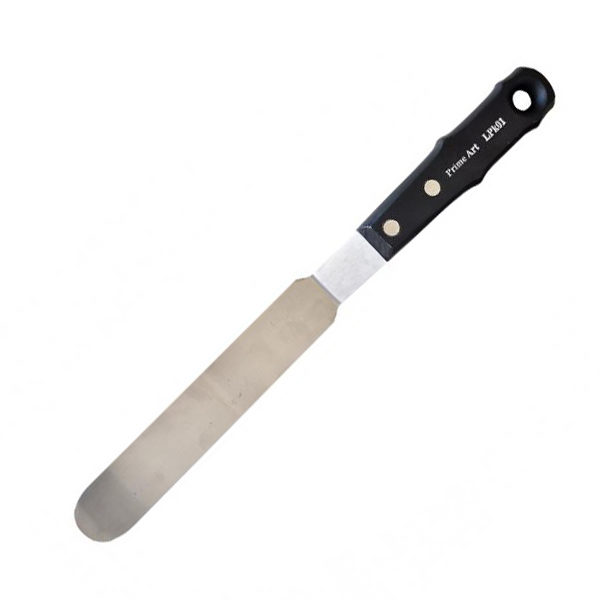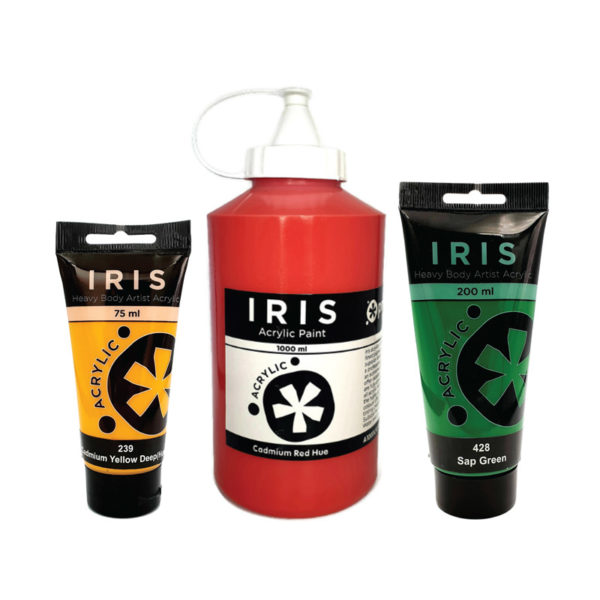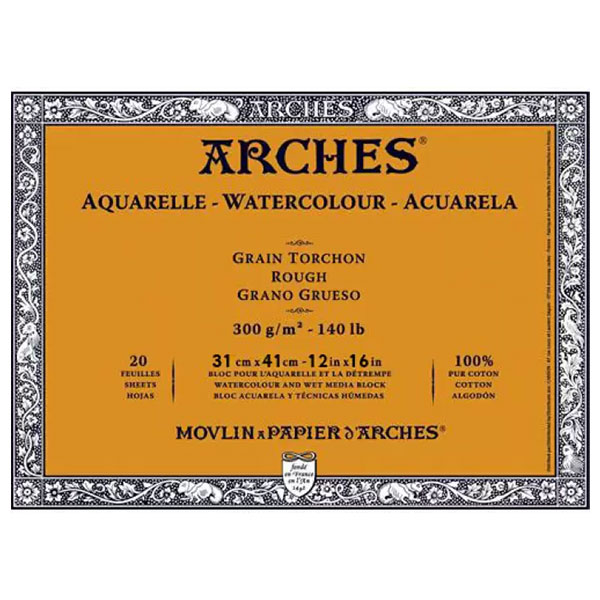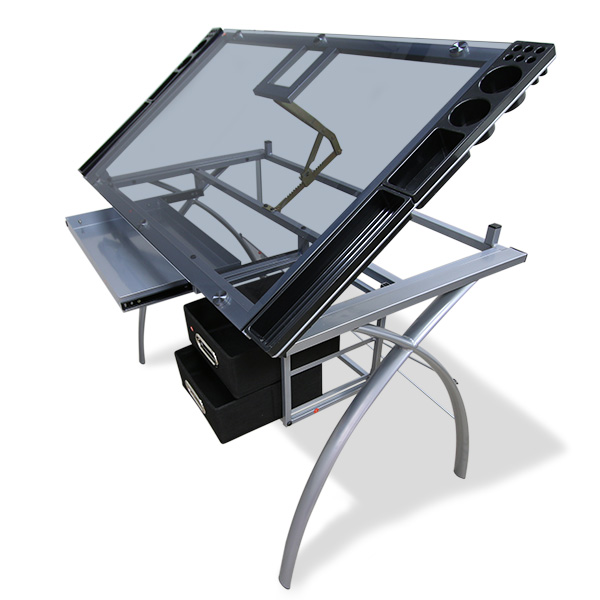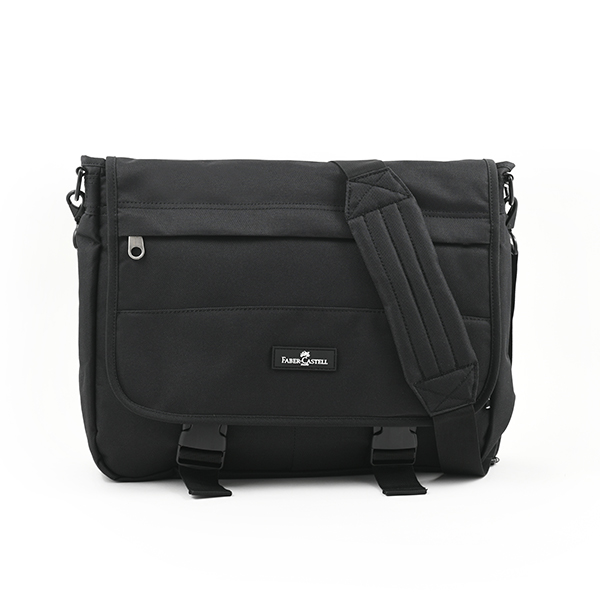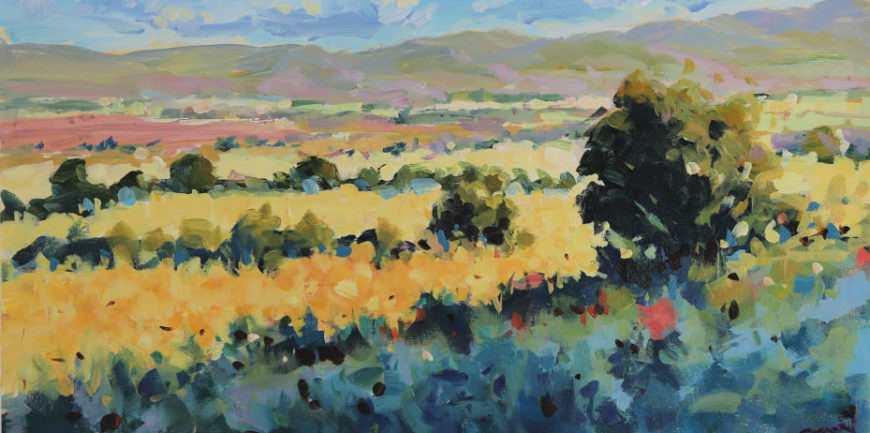
As an artist using acrylics, you know how versatile the medium is. The quick drying nature of acrylics. The ability to paint on many surfaces. No cracking. Vibrant colour. But acrylics have their little quirks too. Especially the tendency for acrylics to dry flat and lose their vibrancy. This article will show you two acrylic painting techniques to overcome these typical issues that can make acrylic paintings look flat.
Overcome the lifeless look
When applying acrylic paint, especially student acrylics, you may notice how little texture is left when the paint has dried. The paint does not keep its shape, unlike oils. The way to solve this is to build up your painting with layers of paint. Alternatively, use a heavy body artist’s quality acrylic paint. However, most beginners will not use a premium priced acrylic at this stage.
Acrylic painting technique #1 – Use scumble brushwork
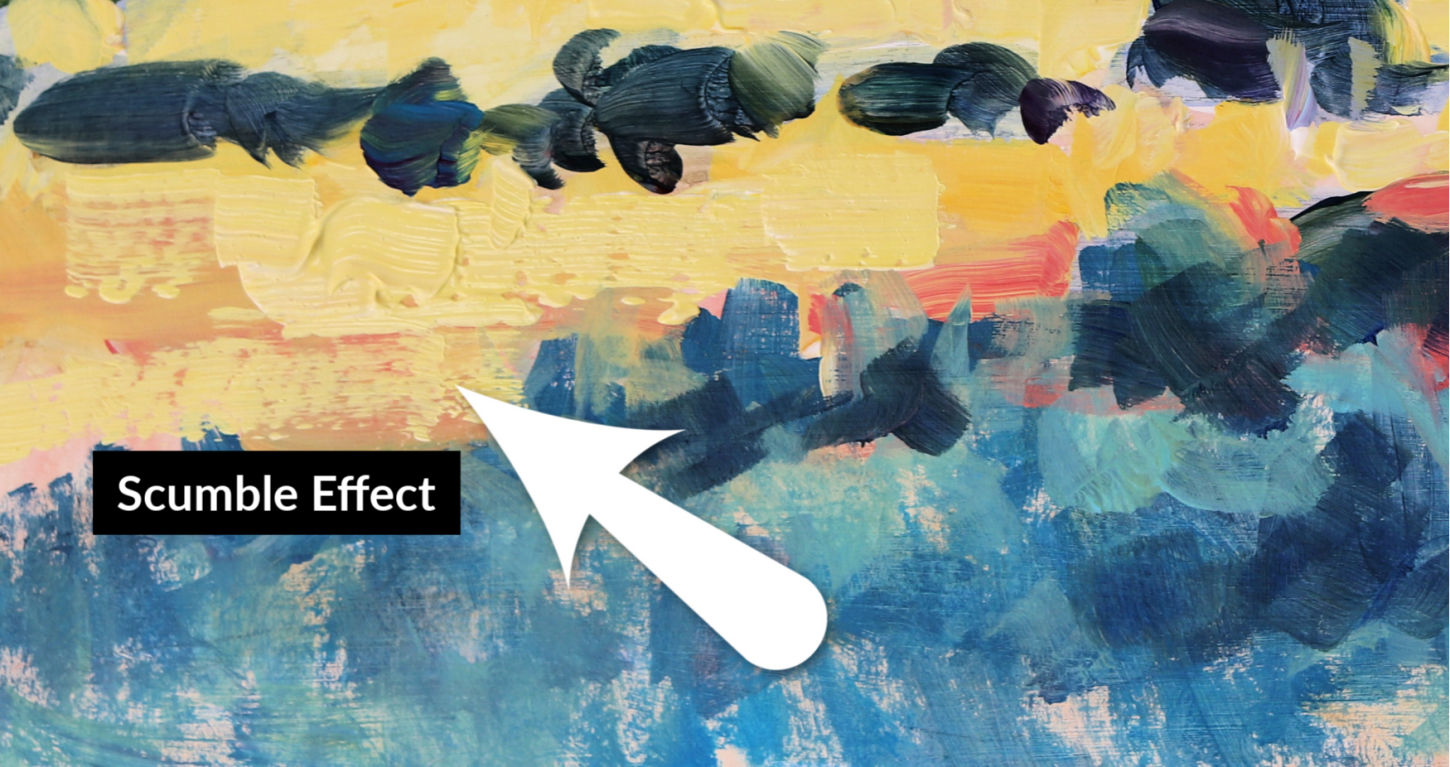
Want more sparkle and texture? This technique is used by watercolourists to create sparkle over water. It works best as a dry brush technique. That means using undiluted paint and dragging it quickly over the painting surface. The result is an erratic brushmark that allows paint in lower layers to show through.
This technique works best when the lower layers are dry. A bonus for acrylics. You also want the top paint colour to contrast with the lower layer. Light against a dark or a complementary colour contrast like green over red.
You will need to work quickly and confidently to achieve the desired effect. It is worth testing your brushwork out on a scrap piece of paper or canvas to get the right look. When happy you can try the technique on your painting.
Acrylic painting technique #2 – Butter on the paint

Layers provide more
Acrylics dry quickly so you can add more layers over the dry or semi-dry paint layers. Especially in those parts of the painting that are in the focal area. You can build up texture in those areas to great effect. Use the brush and scoop up a lot of paint. Butter it onto the canvas. Alternatively, use a painting knife to lay on impasto layers. The paints will still settle a bit, but the impasto will be visible and will delight the eye.
Use the impasto layers and scumble techniques until you are familiar with them. Apply the paint like a Frenchman applies butter. Liberally and with joy. No matter how uncomfortable you feel at first. Go for it. Get that paint on nice and thick. Sometimes I apply the paint directly from the tube to the canvas. Then smoosh it around with the brush. I have never regretted it.
A further benefit is that layers of paint keeps the acrylic pigment looking vibrant. Acrylics are fairly transparent compared to oils. So more layers means more colour showing through the layers.
Develop confidence to use more paint
These two techniques are easy to understand, but beginners struggle to apply them. Why is this? Most artists are nervous about using more paint. This is one of the biggest hurdles beginners need to overcome. Seldom is a painting ruined due to a lot of paint being used. Usually, it is the lack of paint that leaves a painting looking thin and sad.
Now it is your turn.
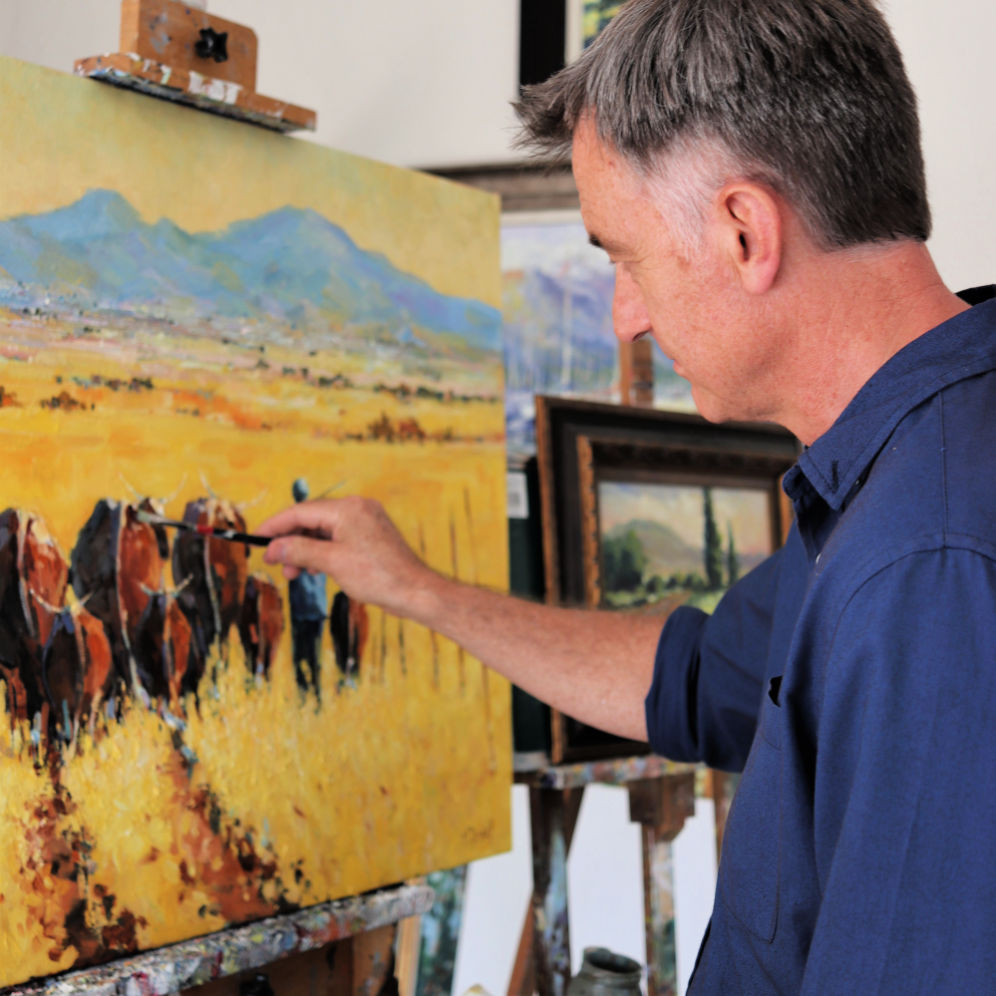
The Paint Pro – Malcolm Dewey
Malcolm Dewey is a full-time artist living in South Africa. Together with a loose brushwork style Malcolm’s paintings are filled with light, colour and movement.
Malcolm’s favourite painting mediums are oils, acrylics and watercolour. He aims to describe his painting with an economy of shape, but without compromising on paint and generous brushwork.
Website: www.malcolmdeweyfineart.com
Instagram: @malcolmdeweyfineart
Facebook: Malcolm Dewey Fine Art

